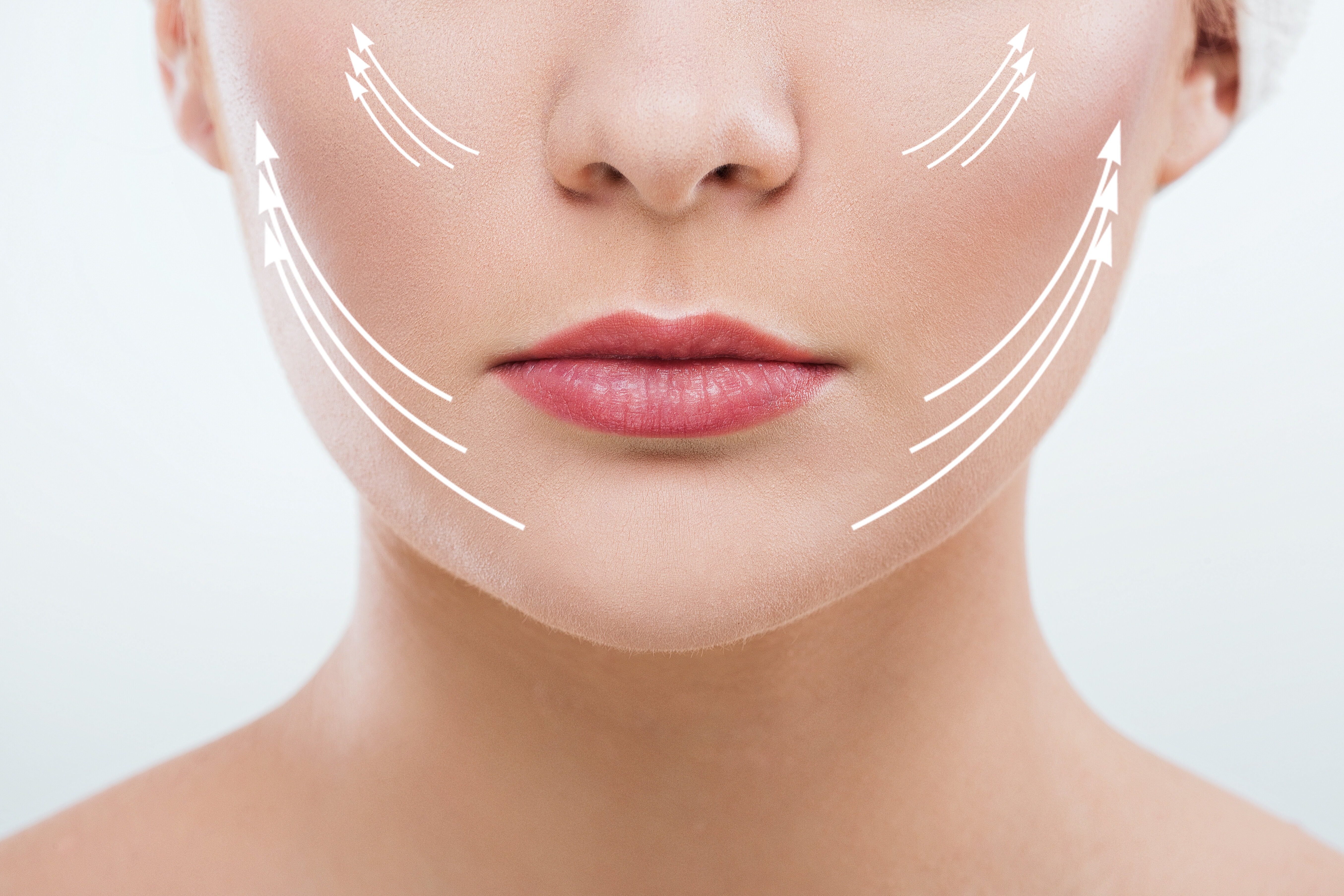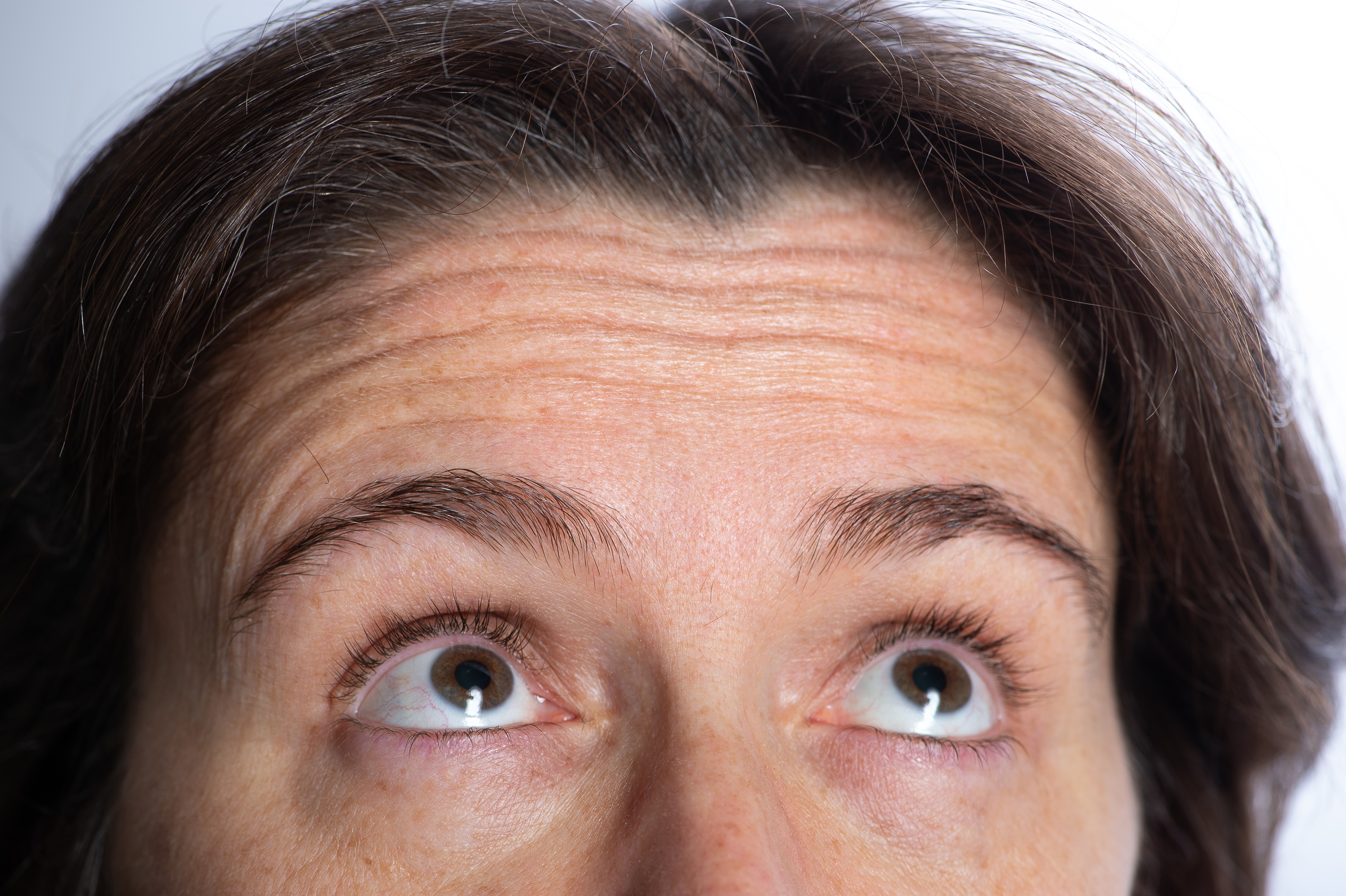Choosing the Right Facial Lift: Thread, Mini, and Forehead Lifts Unveiled
Table of Contents
1. Understanding Thread Lifts
2. Mini Lifting: A Detailed Examination
3. Forehead Lift: In-Depth Insights
In the quest for youthful, rejuvenated skin, several cosmetic procedures have gained popularity, each offering unique benefits and targeting different signs of aging. Among these, thread lifts, mini lifts, and forehead lifts are prevalent choices. This comprehensive guide will explore each of these procedures in detail, helping you understand their differences, benefits, and suitability, so you can make an informed decision about which is right for you.
Understanding Thread Lifts

Thread lift procedures have become a sought-after solution for those looking to combat the signs of aging without undergoing extensive surgery. Known for their minimally invasive nature and quick recovery times, thread lifts offer a practical and innovative approach to facial rejuvenation.
Types of Thread Lifts
Thread lifts come in different types, each designed to cater to specific needs and goals. The most common types include the following.
PDO (Polydioxanone) Thread Lifts
These involve using biodegradable polyester sutures, popular for their safety and effectiveness. PDO threads encourage collagen production, leading to natural-looking skin tightening over time.
PLLA (Poly-L-Lactic Acid) Thread Lifts
PLLA threads are known for their long-lasting effects, as they take longer to dissolve. They stimulate collagen production, providing gradual and more sustainable lifting results.
PCL (Polycaprolactone) Thread Lifts
PCL threads last the longest among the three types and are used for more pronounced and durable results. They also stimulate collagen production, leading to continued improvement in skin quality.
Thread Lift Technique and Procedure
A thread lift procedure typically begins with a consultation, where the practitioner assesses the patient’s skin and discusses the desired outcomes. The actual process involves the following steps:
-
Preparation: The target areas are cleaned, and a local anesthetic is applied to minimize discomfort.
-
Insertion: Using fine needles, the practitioner inserts the threads beneath the skin. The number and placement of threads depend on the treatment area and desired results.
-
Lifting: Once the threads are in place, they are gently pulled to lift and tighten the skin. The threads have tiny barbs or cones that latch onto the skin tissue, providing support and stimulating collagen production.
-
Finalizing: After achieving the desired lift, the excess threads are trimmed, and the entry points are bandaged if necessary.
See more details about thread lift procedure.
Benefits of Thread Lifts:
-
Minimally Invasive: Unlike traditional facelifts, thread lifts don’t require large incisions or extensive surgery.
-
Quick Recovery: Most patients can resume normal activities shortly after the procedure.
-
Immediate Results: Visible lifting effects are immediate, with gradual improvement over time.
-
Short Procedure Time: The process typically takes 45 minutes to an hour.
-
Collagen Stimulation: Thread lifts promote natural collagen production, enhancing skin elasticity and texture.
-
Low Risk of Scarring: Due to the small size of the entry points, scarring is minimal.
Ideal Candidates for Thread Lifts
Thread lifts are best suited for individuals with mild to moderate sagging who are looking for a less invasive alternative to surgical facelifts. Ideal candidates are typically between 30 and 60 years old, have good skin tone, and are in overall good health. They should have realistic expectations about the results of the procedure.
Risks and Side Effects of Thread Lifts
While thread lifts are generally safe, they do carry some risks and potential side effects, including:
-
Minor bruising and swelling
-
Temporary soreness or discomfort
-
Infection at the insertion points
-
Asymmetry or irregularities
-
Possible thread migration or protrusion
Aftercare and Maintenance
Proper aftercare is crucial for maximizing the results of a thread lift. Patients are advised to:
-
Avoid strenuous exercise and heavy lifting for a few weeks.
-
Sleep on their back and avoid rubbing the treated area.
-
Follow the practitioner’s instructions regarding skincare and sun exposure.
-
Consider follow-up treatments for maintenance, as the effects of thread lifts are temporary.
Mini Lifting: A Detailed Examination

Mini lifting, often referred to as a mini facelift, is a surgical procedure that targets signs of aging in the lower face and neck. It's a popular choice for individuals seeking to reduce sagging and improve the contour of their jawline and neck without undergoing a full facelift. The mini lifting procedure offers a more subtle and natural-looking rejuvenation compared to more extensive surgical options.
Procedure of Mini Lifting
The mini lifting procedure typically involves the following steps
-
Consultation: The surgeon assesses the patient’s facial structure, skin quality, and discusses the desired outcomes.
-
Anesthesia: Mini lifting is usually performed under local anesthesia with sedation or general anesthesia, depending on the extent of the procedure and the patient’s comfort.
-
Incisions: The surgeon makes small incisions around the ears and possibly under the chin. These incisions are smaller and less visible than those in a traditional facelift.
-
Tightening: The surgeon tightens the underlying muscles and removes or repositions excess skin to improve the contour of the jawline and neck.
-
Closing the Incisions: The incisions are closed with sutures, which are typically removed within a week or two after the surgery.
Benefits of Mini Lifting
-
Targeted Improvement: Focuses on the lower face and neck, addressing sagging, jowls, and loose skin.
-
Less Invasive: Smaller incisions mean less scarring and a more natural-looking result.
-
Shorter Recovery Time: Recovery from a mini lift is generally quicker than from a full facelift.
-
Long-lasting Results: Although not as extensive as a full facelift, the results of a mini lift can last for several years.
Ideal Candidates for Mini Lifting
Mini lifting is ideal for individuals with moderate skin laxity, typically in their forties to sixties, who desire more significant results than non-surgical treatments but are not ready for a complete facelift.
Patients should be in good overall health, non-smokers, and have realistic expectations about the results.
Risks and Side Effects of Mini Lifting
As with any surgical procedure, mini lifting carries risks, such as:
-
Bruising and swelling
-
Infection
-
Scarring
-
Nerve injury, potentially leading to muscle weakness or loss of sensation
-
Asymmetry or unsatisfactory results
Mini Lifting: Recovery and Aftercare
-
Recovery time varies but usually involves one to two weeks of downtime.
-
Patients may experience swelling and bruising, which subside within a few weeks.
-
Strenuous activities should be avoided for several weeks to ensure proper healing.
-
Follow-up appointments are necessary to monitor the healing process and remove sutures.
-
Results continue to improve as swelling decreases and the skin settles into its new position.
See more details about mini lifting procedure.
Forehead Lift: In-Depth Insights

A forehead lift, also known as a brow lift, is a cosmetic surgical procedure aimed at rejuvenating the upper region of the face. It primarily addresses aging signs in the forehead and brow area, such as deep wrinkles, frown lines, and sagging eyebrows. This procedure helps to restore a more youthful, refreshed, and alert appearance.
Procedure of Forehead Lift
The forehead lift procedure typically involves the following steps:
-
Consultation: The plastic surgeon evaluates the patient's forehead region, including skin texture and elasticity, and discusses the desired outcomes.
-
Anesthesia: Forehead lifts are usually performed under general anesthesia or intravenous sedation.
-
Incisions: Depending on the technique used, the surgeon may make incisions along the hairline, within the scalp, or above the eyebrows. The main techniques include:
-
Classic Lift: Involves a single continuous incision starting at the level of the ears and going up around the hairline.
-
Endoscopic Lift: Involves several small incisions in the scalp, through which the surgeon inserts an endoscope to view and modify the forehead tissues.
-
-
Adjustments: The surgeon alters and tightens the underlying tissues, removes excess skin, and may reposition the eyebrows to a more youthful height.
-
Closing the Incisions: The incisions are closed with sutures or clips, which are removed after about a week.
Benefits of Forehead Lift
-
Reduces Wrinkles: Smoothens deep furrows and horizontal lines across the forehead.
-
Raises Sagging Eyebrows: Elevates drooping eyebrows that may give a tired or sad appearance.
-
Improves Frown Lines: Reduces the vertical creases between the eyebrows.
-
Enhances Alertness: Creates a more alert and youthful facial expression.
-
Can Be Combined with Other Procedures: Often performed alongside eyelid surgery or facelifts for more comprehensive facial rejuvenation.
Ideal Candidates for Forehead Lift
-
Individuals with significant forehead wrinkles, sagging eyebrows, or hooded upper eyelids.
-
Usually in their forties to sixties, but can be suitable for younger patients with inherited traits.
-
In good overall health, non-smokers, with realistic expectations about the surgery's outcome.
Forehead Lift Techniques

Classic Forehead Lift (Coronal Brow Lift)
The classic forehead lift, also known as the coronal brow lift, is one of the older techniques used for forehead rejuvenation. This procedure involves a more extensive surgical approach and is typically suited for patients with significant forehead aging.
The surgeon makes a single continuous incision across the top of the head, running from ear to ear, usually placed behind the hairline to minimize visible scarring. Through this incision, the surgeon has full access to the forehead skin, muscles, and underlying tissues.
The surgeon can remove or alter parts of the muscles that cause frown lines, remove excess skin, and lift the entire forehead and brow area. This comprehensive access allows for more extensive modification and correction of deep wrinkles and sagging brows.
Since the incision is long and extends across the top of the scalp, the classic forehead lift can result in more noticeable scarring. Recovery time may be longer compared to more modern techniques, and patients might experience more numbness or discomfort initially. The hairline can also be elevated, which might be a consideration for patients with a high forehead.
This technique typically offers more dramatic and long-lasting results, making it a good option for patients with extensive forehead aging who require significant lifting and rejuvenation.
Endoscopic Forehead Lift
The endoscopic forehead lift is a more recent technique that has gained popularity due to its minimally invasive nature. This approach is often recommended for patients with less severe forehead aging who desire a less invasive procedure with a quicker recovery.
Instead of a single long incision, the endoscopic lift involves making several short incisions within the hairline. The surgeon then inserts an endoscope (a thin tube with a camera and light) into one of the incisions to view the tissues and muscles on a monitor.
Using special instruments inserted through the other incisions, the surgeon can lift the forehead tissues, reposition the eyebrows, and modify the muscles that contribute to frown lines. The endoscopic method provides good visualization of the area while minimizing tissue disruption.
The small incisions result in less scarring and a faster recovery process. Patients typically experience less swelling and discomfort compared to the classic lift. However, since the adjustments are less extensive, the results might be less dramatic than those of the classic forehead lift.
Endoscopic forehead lifts provide significant improvement in forehead and brow position with a more natural appearance. It's an excellent option for patients who need moderate rejuvenation and prefer a procedure with minimal scarring and downtime.
Risks and Side Effects of Forehead Lift
As with any surgical procedure, a forehead lift carries certain risks, including:
-
Swelling and bruising.
-
Numbness or temporary discomfort.
-
Scarring.
-
Asymmetry in the position of the eyebrows.
-
Temporary hair loss at the incision sites.
-
Rare risks such as nerve injury or infection.
Forehead Lift: Recovery and Aftercare
-
Recovery time varies; most patients can return to normal activities within 10 to 14 days.
-
Initial swelling and bruising subside within a few weeks.
-
Strenuous activities should be avoided for several weeks.
-
Follow-up appointments are important to monitor healing and remove sutures or clips.
See more details about forehead lifting.

As you consider the exciting possibilities of facial rejuvenation, remember that the right clinic makes all the difference. At AB Plastic Surgery Korea, we specialize in providing top-quality thread lifts, mini lifts, and forehead lifts, tailored to meet your unique aesthetic goals. Our experienced team is dedicated to ensuring you receive the best care and results. Trust us to guide you through your journey towards a more youthful and radiant appearance. Contact AB Plastic Surgery today to schedule your consultation and take the first step towards your transformation.





